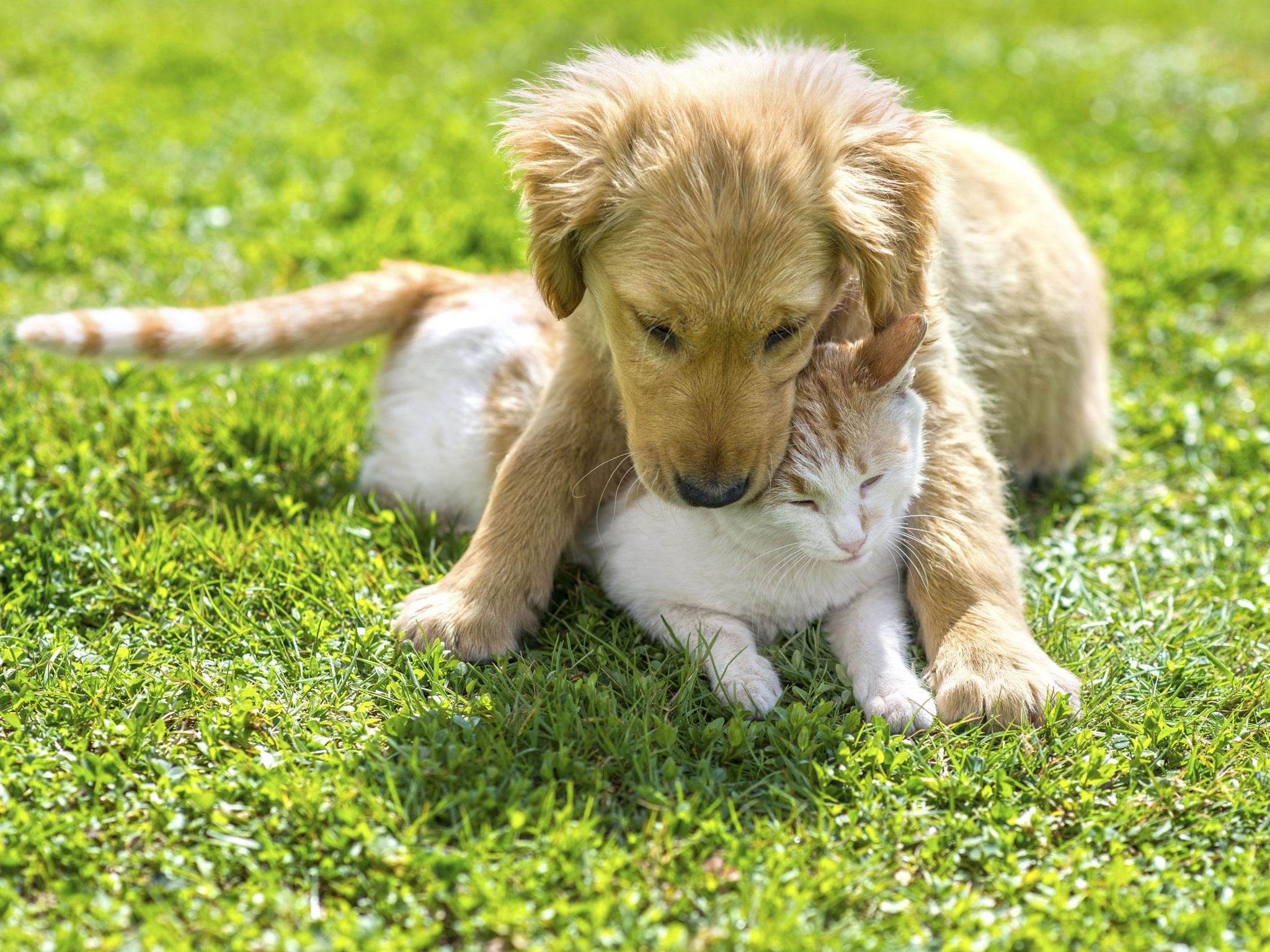Pet translator devices could let us talk to dogs within 10 years, Amazon-backed report says
Research shows prairie dogs have different words to describe colours and species of predators

Your support helps us to tell the story
From reproductive rights to climate change to Big Tech, The Independent is on the ground when the story is developing. Whether it's investigating the financials of Elon Musk's pro-Trump PAC or producing our latest documentary, 'The A Word', which shines a light on the American women fighting for reproductive rights, we know how important it is to parse out the facts from the messaging.
At such a critical moment in US history, we need reporters on the ground. Your donation allows us to keep sending journalists to speak to both sides of the story.
The Independent is trusted by Americans across the entire political spectrum. And unlike many other quality news outlets, we choose not to lock Americans out of our reporting and analysis with paywalls. We believe quality journalism should be available to everyone, paid for by those who can afford it.
Your support makes all the difference.Pet translators could let us talk to dogs within 10 years, a report backed by Amazon has claimed.
A professor at Northern Arizona University is attempting to raise money to develop a cat and dog translation device, after he used AI software to analyse calls made by priarie dogs.
Con Slobodchikoff found that the animal had different words to describe colours and species of predators. He now believes the concept could be applied to household pets.
“So many people would dearly love to talk to their dog or cat – or at least find out what they are trying to communicate. A lot of people talk to their dogs and share their innermost secrets.
“With cats, I’m not sure what they’d have to say. A lot of times it might just be ‘you idiot, just feed me and leave me alone,’” Mr Slobodchikoff told The Guardian.
A report, which builds on Mr Slobodchikoff’s work and was written by consumer futurist William Higham for Amazon, suggests it might not be long before we have fully operational device capable of translating what our pets say.
“Innovative products that succeed are based around a genuine and major consumer needs. The amount of money now spent on pets – they are becoming fur babies to so many people – means there is huge consumer demand for this. Somebody is going to put this together,” Mr Higham said.
Juliane Kaminski, a psychologist from Portsmouth University, works on interactions between humans and dogs and is less optimistic about the likelihood of creating a translator.
“We would not describe dogs’ forms of communication as language in the scientific sense. They do give out rudimentary signals of what they want and how they’re feeling,” Ms Kaminski said.
Join our commenting forum
Join thought-provoking conversations, follow other Independent readers and see their replies
Comments